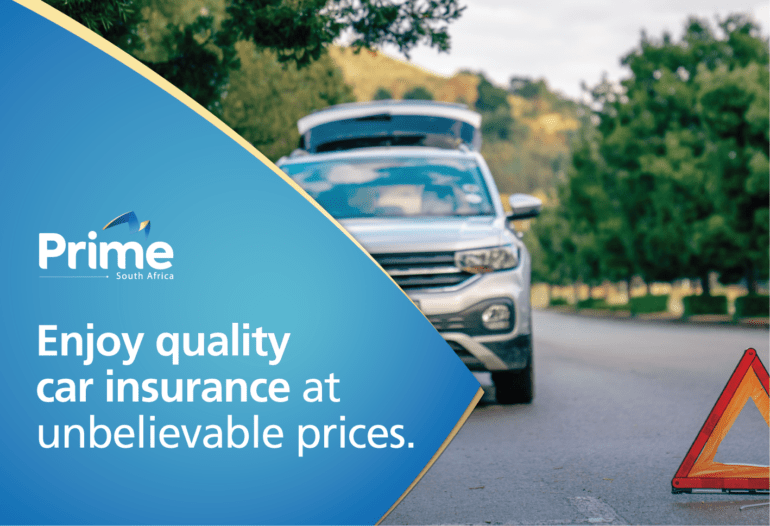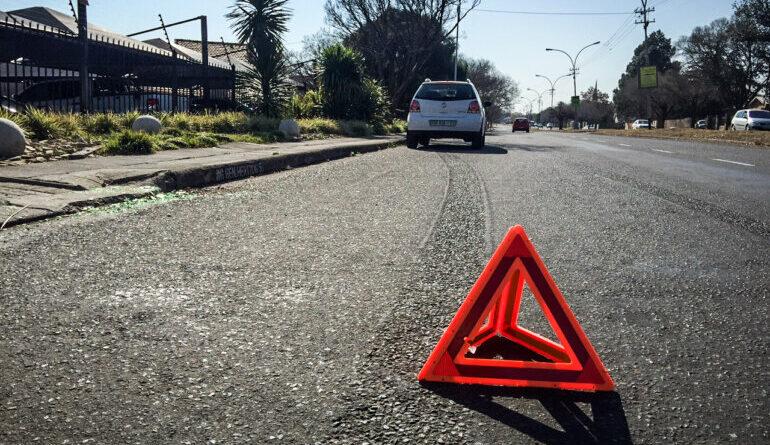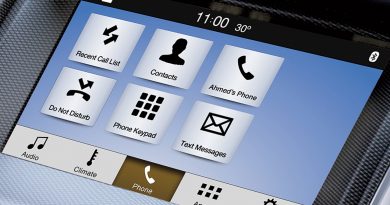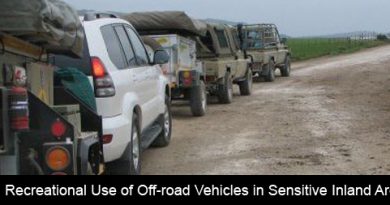How to Handle Roadside Emergencies Safely
Every driver dreads when something goes wrong on the road – whether it’s a flat tyre, an overheating engine, or running out of gas. Unfortunately, these roadside emergencies are a part of life. But with the right preparation and knowledge, you can handle any situation that comes your way.
Knowing the common roadside emergencies and how to handle them can help you confidently deal with your situation when it does happen.
1. Prepare an Emergency Kit
Before you even hit the road, make sure your car is equipped with an emergency kit. This should include tools, a car charger, jumper cables, and coolant, among other things.
Spare Tyre and Tools
Make sure you have a spare tyre and regularly check that it’s properly inflated and in good condition, as you don’t want to be stranded with a flat spare. Remember to also have a jack and lug wrench in the back of your car.
Jumper Cables
A dead battery can leave you stranded, so having jumper cables on hand is essential, especially when you’re far from help.
Coolant and Oil
It’s also smart to carry extra coolant and oil. They can be lifesavers if your engine overheats or if your fluid levels are low, making it unsafe to drive.
First Aid Kit
A first aid kit is another must-have. Stock it up with bandages, antiseptic wipes, pain relievers, and any personal medications you or your passengers might need in an emergency.
Reflective Triangles and Flares
Reflective triangles and flares are necessary, too. They help alert other drivers if you’re stuck on the side of the road, minimising the risk of a second incident.
Basic Tools
Keep a toolbox in your car with a multi-tool, flashlight, and duct tape. These can be extremely useful in different situations.
2. Find a Safe Area
Pull over immediately when you notice something is wrong. Here’s how you can do this safely.
Stay Calm and Find a Safe Spot
It can be challenging to find a safe area to stop on busy highways or roads with limited space behind the yellow line. The key is to avoid sudden movements. Turn on your hazard lights to let other drivers know you have an issue.
Where to Pull Over
Slowly reduce your speed and steer toward the side of the road within the yellow line. Ideally, you want to find a flat, well-lit area to safely assess your situation or wait for help. If you’re in town, look for parking lots or the nearest petrol station where you can stop safely.
3. Alert Other Drivers
If you’ve stopped your car on the side of the road, it’s vital to alert other drivers that your car is stationary so someone doesn’t accidentally drive into you.
Use Hazard Lights and Reflective Gear
Keep your hazard lights on to signal that your vehicle is stationary, and set up reflective triangles behind your vehicle, no less than 45 metres from your car. This will alert other cars to your presence on the road.
Stay Inside If Possible
It might be tempting to get out of your car, but staying inside with your seatbelt on is often safer, especially if you’re on a busy road or highway. If you need to exit your vehicle – for instance, to set up reflective triangles – keep an eye on the road for any oncoming cars.
4. Assess the Situation
Before trying to fix anything, assess your situation carefully. Let’s look at how.
Check Your Engine and Tires
Check coolant levels if your engine is overheating, but only after the engine has cooled down to avoid serious burns. For a flat tyre, inspect the damage to determine if it can be repaired on the spot or if you need to replace it with a spare.
Battery and Fuel Issues
If your car doesn’t start due to a dead battery, you can use your jumper cables, but only if another vehicle is nearby to assist. But sometimes, especially with newer cars, it’s better to call for professional help instead of risking damage to your car’s electrical system.
Running out of fuel is another common problem. Use a navigation app to look for the nearest petrol station or call for roadside assistance if you’re too far away to walk safely.
5. Call for Roadside Assistance
When the issue can’t be easily fixed, call for roadside assistance either through your insurer’s app or a roadside assistance contact saved in your phone.
Use Apps for Quick Help
Sometimes, a roadside emergency is too much for you to handle on your own, and that’s when you need to call for roadside assistance. Many insurance companies have apps that let you get help with just a few taps on your phone.
These safety apps can connect you with local towing services, mechanics, or even locksmiths if you’re locked out of your car. They are especially helpful if you’re in a place you don’t know well or if it’s unsafe to stay where you are for too long.
Save Important Contacts
If your insurance company offers an app, it’s a good idea to know how it works before you find yourself in an emergency. This will save you time and stress when you need help quickly. If you don’t have such an app, make sure you have the phone number of a reliable roadside assistance service saved in your phone.
6. Stay Safe While Waiting for Help
While waiting for assistance, your safety is the most important thing, especially on a busy road.
Stay Visible and Secure
Keep your hazard lights on to maintain visibility. If you have reflective triangles or flares, set them out to alert other drivers. If you’re on a busy road, it’s usually safest to stay in your car with your seatbelt on.
Lock Doors in Remote Areas
If you’re in a remote area, lock your doors while you wait, especially if you’re alone or it’s late at night. This adds an extra layer of security. Keep your phone charged and ready for necessary communication. Remember, your priority is to stay safe until help arrives.
7. Know Your Car
One of the best ways to prepare for roadside emergencies is to understand your vehicle well as well as how to change a spare tyre or use jumper cables.
Understand Your Car’s Basics
Familiarise yourself with your car’s manual, especially the sections on emergency procedures. Knowing how to check your fluid levels, identify warning lights, and perform basic repairs will be extremely useful in an emergency.
Regular Maintenance is Necessary
Regularly checking your tyre pressure, oil, and coolant levels can help prevent many common issues that result in roadside emergencies. Being proactive about your vehicle’s servicing and maintenance is necessary to minimise the risk of finding yourself stranded on the side of the road.
Handle Roadside Emergencies Confidently
Handling roadside emergencies can be stressful. That’s why it’s key to always be prepared for any situation and understand which steps to take. Simply knowing what to do in an emergency can make all the difference.

Disclaimer
The article aims to provide South African motorists with information on what to do when faced with a roadside emergency and how to get through it safely. However, it’s important to always do your own independent research.
Get a quote for affordable Comprehensive car insurance with Prime South Africa for fixed premiums*, reducing excess*, and top-tier service. T&Cs apply.
Please get professional financial advice from a certified financial advisor to ensure you select the appropriate financial services product.




